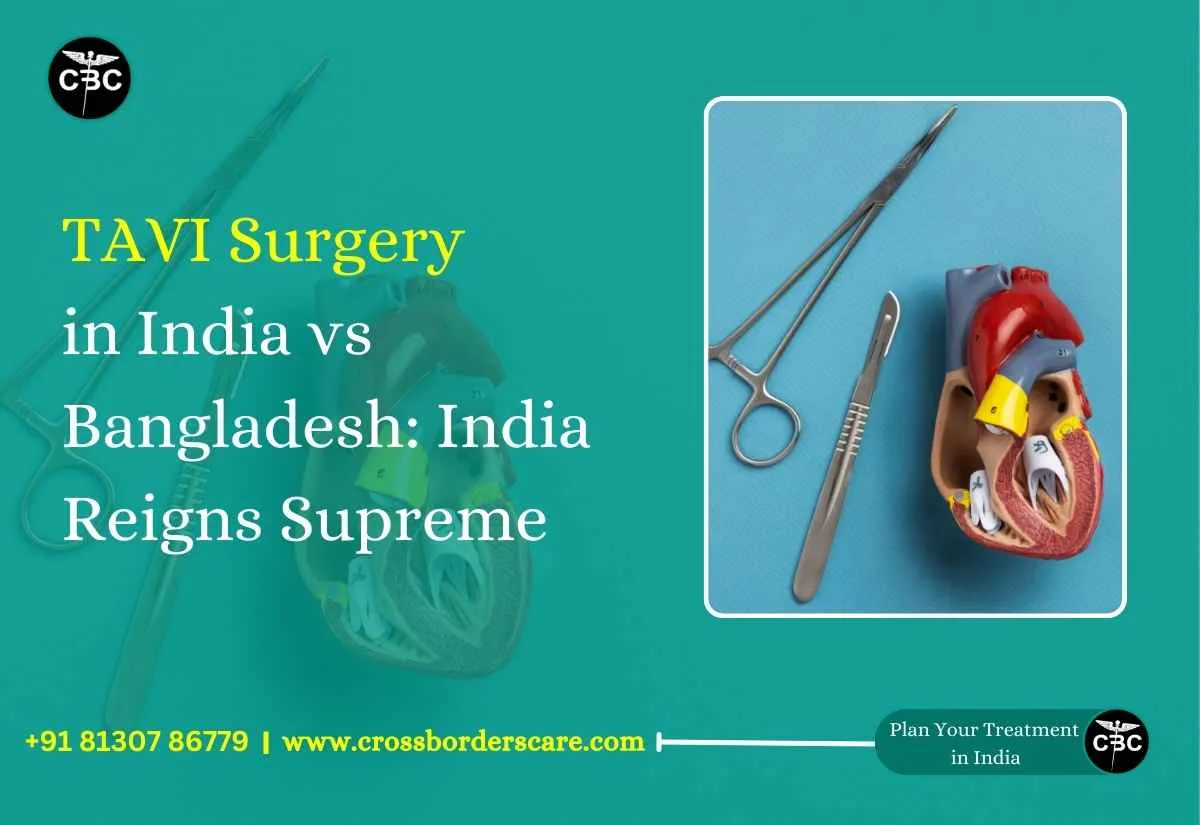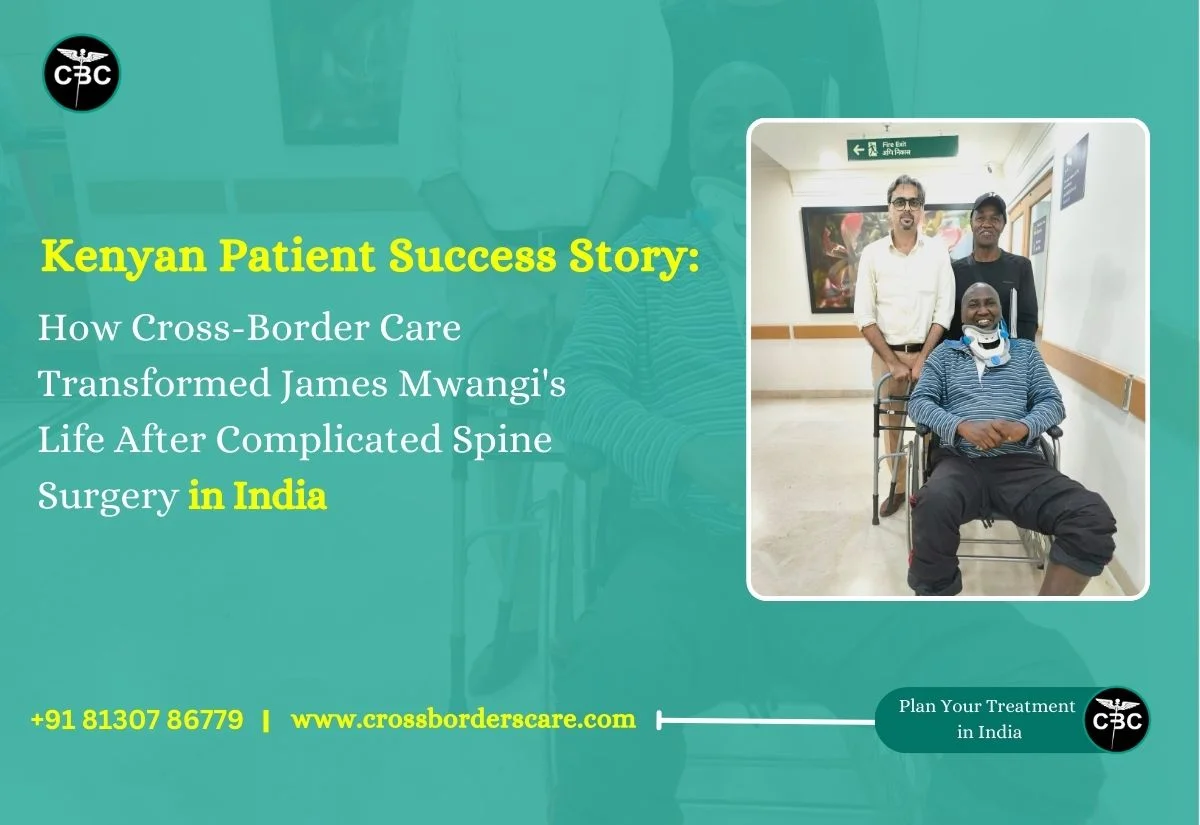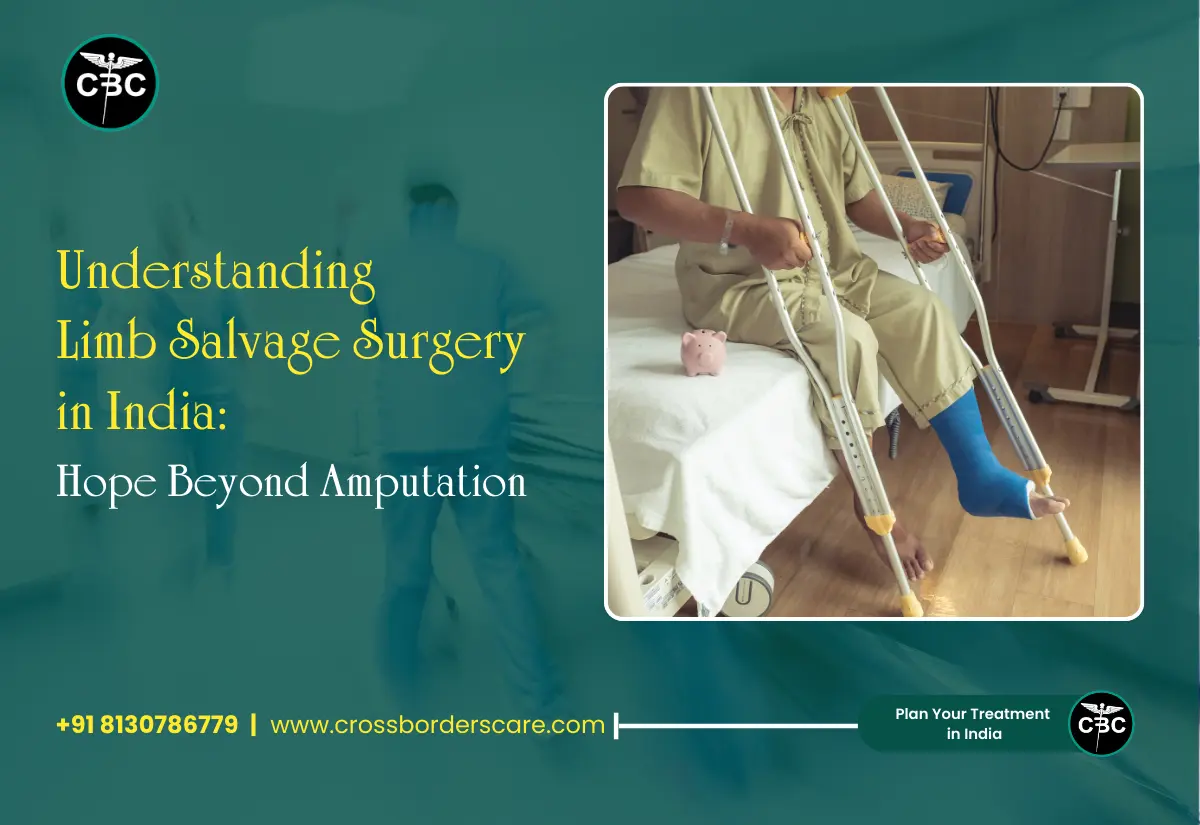Brain tumor surgery in India is a critical medical procedure that requires expert medical professionals, cutting-edge technology, and well-equipped hospital infrastructure. When patients need such surgeries, many turn to international healthcare options for high-quality, affordable care.
In South Asia, two prominent countries offering specialized brain tumor treatments are India and Bangladesh. Both countries have made significant advancements in the medical field, but there are notable differences in terms of cost, expertise, healthcare infrastructure, and patient care services.
This blog will explore and compare brain tumor surgery in India versus Bangladesh, touching on various key aspects, including treatment costs, hospitals, doctors, and overall patient experience. We will also examine why international patients should consider using Cross Border Care, India’s best medical treatment consultancy, to access the best medical treatment.
Cost of Brain Tumor Surgery in India vs Bangladesh
Cost is one of the most critical factors for international patients seeking medical treatment abroad. Both India and Bangladesh offer affordable healthcare options, but there are price variations that are worth considering.
| Country | Cost | Factors Influencing the Cost |
| India | $5,500 – $105,00 | Type of tumor (benign/malignant), surgical approach (e.g., craniotomy), post-surgery care, hospital location |
| Bangladesh | $4,500 – $5,000 | Hospital location, medical infrastructure, surgeon expertise, post-operative care |
India has earned a reputation for providing world-class healthcare at a fraction of the cost of Western countries. Its healthcare system is well-equipped with advanced medical brain tumor surgeries and highly skilled neurosurgeons, making it a popular destination for international patients seeking affordable treatment.
Despite being more affordable, the quality of care in Bangladesh can differ across different hospitals, as some medical facilities may not have the same level of infrastructure and expertise as top hospitals in India.
Doctors For Brain Tumor Surgery India Vs. Bangladesh
India: Highly Skilled and Globally Trained Neurosurgeons
India is home to some of the world’s most renowned neurosurgeons, many of whom have trained at leading institutions in the US, UK, and Australia. These surgeons specialize in complex brain tumor surgeries and use advanced techniques such as CyberKnife, ZAP-X radiosurgery, robotic neurosurgery, and minimally invasive craniotomies.
Some of the top neurosurgeons in India include:
-
- Dr. Bipin Walia (Max Super Speciality Hospital, New Delhi) – Over 26 years of experience, Principal Director & Head of Neurosurgery.
- Dr. Sudheer Kumar Tyagi (Indraprastha Apollo Hospital) – 24+ years of expertise in neurosurgery.
- Dr. Rana Patir (Fortis Memorial Research Institute, Gurugram) – Consultant Neurosurgeon with 26+ years of experience.
- Dr. VP Singh (Medanta the Medicity) – 33+ years of experience, Chairman of Neurosurgery.
Bangladesh: Limited but Capable Neurosurgical Expertise
Bangladesh has skilled neurosurgeons but fewer internationally trained specialists. While some hospitals offer neurosurgical care, the selection of highly specialized experts is more limited than in India. Some notable neurosurgeons in Bangladesh include:
- Dr. M.A. Hannan (BIRDEM General Hospital, Dhaka) – Experienced neurosurgeon in Bangladesh.
- Dr. Zubair Ahmad (Evercare Hospital, Dhaka) – Known for neurosurgical expertise in brain tumor treatment.
Final Verdict
India remains the top choice for patients seeking world-class neurosurgical care with experienced, internationally trained specialists. However, Bangladesh offers affordable treatment but fewer highly specialized doctors, making it a cost-effective alternative with accessible neurosurgical care.
Hospitals and Infrastructure India vs Bangladesh
Brain Tumor Hospitals in India
India is home to some of the most advanced hospitals specializing in brain tumor surgery. These hospitals are equipped with cutting-edge technology, internationally trained neurosurgeons, and world-class post-surgical care. They offer specialized procedures such as:
- CyberKnife Treatment – Robotic radiosurgery for brain tumors.
- Zap-X Radiosurgery – The latest innovation in non-invasive brain tumor treatment.
- Stereotactic Radiosurgery – High-precision radiation therapy for brain tumors.
- Craniotomy – Standard brain tumor removal surgery.
- Endovascular Embolization – A minimally invasive procedure for tumor-related vascular issues.
- Awake Brain Surgery – Performed while the patient is awake to preserve critical brain functions.
Top hospitals in India for brain tumor surgery:
- Max Super Speciality Hospital, New Delhi – Expert neurosurgeons and advanced surgical technology.
- Fortis Memorial Research Institute, Gurugram – JCI-accredited with CyberKnife technology.
- Medanta The Medicity – Offers Gamma Knife and stereotactic radiosurgery
- Apollo Hospitals – Pioneers in neurosurgical innovations like Zap X
- Artemis Hospital, Gurugram – Specializes in CyberKnife, minimally invasive neurosurgery.
Hospitals in Bangladesh: Only Basic Brain Tumor Surgery Options
Bangladesh has made progress in neurosurgical care, but hospitals still face limitations in technology and expertise compared to India. Brain tumor surgeries are primarily limited to traditional craniotomy procedures,
Top hospitals in Bangladesh for brain tumor surgery:
- Evercare Hospital, Dhaka – One of the best private hospitals with neurosurgical expertise.
- Square Hospital, Dhaka – Offers neurosurgery with good post-op care.
- BIRDEM General Hospital – Provides treatment for neurological disorders, including tumors.
Final Verdict
- Suppose a patient requires advanced treatment options such as Gamma Knife, CyberKnife, or stereotactic radiosurgery. In that case, India is the best choice due to its cutting-edge technology, specialized surgeons, and international-standard hospitals.
- Bangladesh provides affordable brain tumor surgery but lacks access to highly specialized treatments available in India.
Technology Available India Vs. Bangladesh
Comparison of Brain Tumor Surgery Technology in India vs. Bangladesh
| Technology | India | Bangladesh |
| CyberKnife Radiosurgery | ✅ Available in hospitals like Artemis, | ❌ Not available |
| Zap-X Radiosurgery | ✅ Cutting-edge technology only available at Indraprastha Apollo Hospitals , New Delhi | ❌ Not available |
| Stereotactic Radiosurgery (SRS) | ✅ Advanced SRS options available | ❌ Limited access |
| Craniotomy | ✅ Standard procedure in all major hospitals | ✅ Available in leading hospitals |
| Endovascular Embolization | ✅ Advanced embolization procedures performed for vascular tumors | ❌ Limited availability |
| Awake Brain Surgery | ✅ Performed in specialized centers for high-precision tumor removal | ❌ Rarely performed |
| AI-Assisted Robotic Surgery | ✅ Used in top-tier hospitals for precision neurosurgery | ❌ Not available |
| 3D Navigation & Intraoperative MRI | ✅ Used for real-time imaging and precise tumor removal | ❌ Not widely available |
| Neuronavigation Systems | ✅ Available for highly accurate brain tumor resections | ❌ Limited technology |
| Fluorescence-Guided Surgery | ✅ Used for better tumor visualization and removal | ❌ Not widely available |
| PET-MRI Fusion Imaging | ✅ Available in select hospitals for precise diagnosis | ❌ Not commonly available |
Why International Patients Should Consider Cross-Border Care for Brain Tumor Surgery in India
For international patients seeking the best brain tumor surgery in India, Cross Border Care is a valuable partner in facilitating seamless access to top-tier medical treatment. Cross Border Care is a medical consultancy that helps patients find the best hospitals, doctors, and treatment plans tailored to their specific needs.
We work closely with renowned hospitals and experienced doctors to ensure that international patients receive the best possible care in India. With our assistance, patients can navigate the complexities of international healthcare, from medical visas to post-surgery care.
Advantages of Using Cross-Border Care:
- Expert Consultation: Access to consultations with the best neurosurgeons and treatment plans suited to your specific needs.
- Cost-Effective Solutions: We help international patients access high-quality care in India at competitive prices, often significantly lower than in Western countries.
- Seamless Travel and Accommodation Assistance: We coordinate medical visas, transportation, and accommodation for patients and their families.
- Comprehensive Aftercare Services: Ensuring continuous support throughout your recovery process with personalized care and rehabilitation services.
Conclusion: Why India Stands Out
- India has superior technology and internationally trained neurosurgeons.
- Patients needing minimally invasive or non-invasive procedures should opt for brain tumor treatment in India.
- Bangladesh provides basic neurosurgical care but lacks cutting-edge treatment options.













